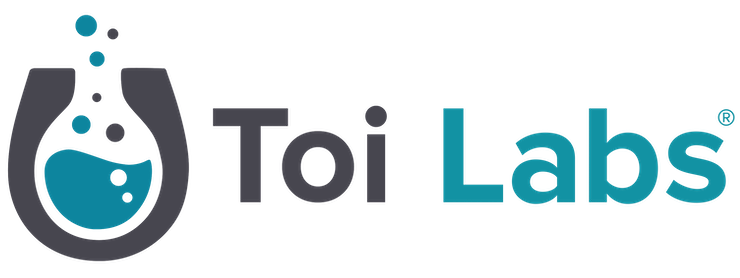Technology is transforming the senior living and post-acute care industries in many ways, enabling seniors to live more independent and fulfilling lives while improving the quality of care they receive. From wearable devices that track vital signs to telehealth services that connect seniors with medical professionals, technology is revolutionizing how seniors receive care and interact with their environment.
One of the most significant ways that technology is transforming senior living is through the use of smart home devices. These devices allow seniors to control their home environment using voice commands, making it easier for them to perform daily tasks such as turning on the lights or adjusting the thermostat. Additionally, smart home devices can help seniors stay safe by alerting them to potential hazards, such as a fire or a water leak, and notifying emergency services if necessary.
Another way technology is transforming senior living is through the use of telehealth services. With telehealth, seniors can connect with medical professionals from the comfort of their own homes, eliminating the need for them to travel to a doctor’s office or hospital. This is especially important for seniors who have mobility issues or live in remote areas. Telehealth services also make it easier for seniors to receive ongoing care, as they can schedule appointments and receive follow-up care without leaving their home.
Wearable devices are another technology transforming the senior living industry. These devices can track vital signs such as heart rate, blood pressure, and oxygen levels, providing seniors with valuable health information that can help them stay healthy and prevent medical emergencies. Wearable devices can also track activity levels, reminding seniors to stay active and providing them with feedback on their progress.
In addition to improving senior living, technology is also transforming the post-acute care industry. For example, electronic health records (EHRs) are making it easier for healthcare providers to share information and coordinate care. EHRs can also help reduce medical errors by providing accurate and up-to-date information on a patient’s medical history, medications, and allergies.
Robotic technology is also being used in post-acute care to assist with tasks such as medication management, rehabilitation, and mobility assistance. Robotic technology can help reduce the burden on caregivers and improve the quality of care for patients. For example, robotic exoskeletons can help patients with spinal cord injuries walk again, while robotic medication dispensers can ensure that patients receive the correct medications at the right time.
In conclusion, technology is transforming the senior living and post-acute care industries in many ways, enabling seniors to live more independent and fulfilling lives while improving the quality of care they receive. As technology continues to evolve, we can expect to see even more innovative solutions that improve the lives of seniors and their caregivers. It is essential that we embrace these technologies and continue to work towards providing the best care possible for our aging population.
